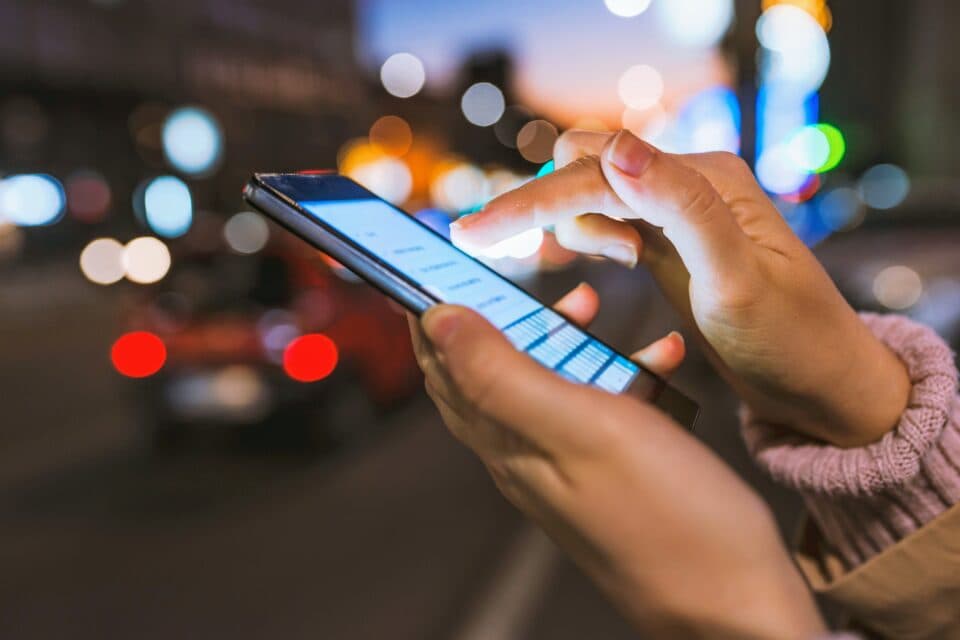'Toxic' blue light from smartphones may accelerate agingA recent study raises concerns about the lon
2024-03-03 / News / 8877 Sees / 0 Comments
A recent study raises concerns about the long-term health impacts of continuous exposure to the harsh blue light emanating from smartphones and LED lighting, suggesting it could be detrimental to our health.
Researchers from University College London have highlighted the potential dangers of living in an environment where blue light is prevalent, warning that it may disrupt the body’s natural rhythms and lead to imbalanced blood sugar levels, possibly increasing the risk of diabetes and reducing life expectancy.
Potential toxicity
“Sunlight has a balance between red and blue, but we now live in a world where blue light is dominant,” said Glen Jeffery, a professor of neurosciences at UCL.
Jeffrey pointed out the stark difference between natural sunlight and the blue-rich, red-deficient light emitted by modern LED lighting, emphasizing the potential toxicity of prolonged exposure to blue light without the counterbalance of red light.
Accelerating the aging process
The study revealed that excessive blue light could impair the mitochondria, the powerhouse of cells, thereby affecting blood sugar regulation and accelerating the aging process.
Remarkably, the team found that a brief 15-minute exposure to 670nm red light, commonly used in anti-aging treatments, could significantly reduce blood sugar levels by stimulating cellular energy production and increasing glucose consumption. This treatment resulted in a notable 27.7 percent decrease in blood glucose levels, suggesting a novel approach to managing diabetes.
Smartphone blue light impact at the cellular level
“It is clear that light affects the way mitochondria function and this impacts our bodies at a cellular and physiological level,” said Michael Powner, a senior lecturer in neurobiology at UCL.
Powner highlighted the potential of red light therapy in controlling blood sugar levels and its promise for diabetes management, especially in mitigating the harmful spikes in glucose levels post-meals.
The experts monitored how different light frequencies influenced individuals’ blood sugar levels, contributing to the growing body of evidence on the health risks associated with blue light. With concerns also arising about blue light’s potential harm to eyesight, many smartphones now feature a ‘night mode‘ designed to minimize blue light exposure.
As we navigate a world increasingly illuminated by LED lights, this study serves as a crucial reminder of the importance of seeking balance in our light exposure and exploring innovative solutions like red light therapy to safeguard our health against the invisible threats posed by our modern, technology-driven lifestyles.
Health hazards of smartphone blue light
Exposure to blue light, especially from screens and artificial lighting, has been a growing concern due to its potential impact on health.
Blue light is part of the visible light spectrum, and while it is necessary for health in natural doses, excessive exposure, particularly from electronic devices and LED lighting, can lead to various health issues.
One of the most well-documented effects of blue light is its impact on sleep. Blue light inhibits the production of melatonin, the hormone responsible for regulating sleep cycles.
This disruption can lead to difficulties in falling asleep and poor sleep quality, which over time can contribute to chronic sleep deprivation.
Eye strain from smartphone blue light
Beyond sleep, there is evidence to suggest that prolonged exposure to high-intensity blue light may contribute to eye strain and discomfort, commonly referred to as digital eye strain or computer vision syndrome.
Symptoms include dryness, irritation, focusing difficulties, and blurred vision. There’s also concern about the potential long-term effects on eye health, including the risk of macular degeneration, a condition that can lead to vision loss.
Emerging research indicates that excessive exposure to blue light might have broader health implications, such as contributing to the risk of obesity, diabetes, and heart disease, possibly due to its effects on circadian rhythms and hormone regulation.
Managing exposure
While the research is ongoing, and the full extent of blue light’s health impacts is still being understood, it’s clear that managing exposure, especially before bedtime, is advisable to mitigate potential negative effects.
Strategies include using blue light filters on devices, reducing screen time, and ensuring exposure to natural light during the day to help maintain a healthy circadian rhythm.
The study is published in the Journal of Biophotonics.
—–
Like what you read? Subscribe to our newsletter for engaging articles, exclusive content, and the latest updates.
More about“”'s article.
The original address《'Toxic' blue light from smartphones may accelerate agingA recent study raises concerns about the lon》